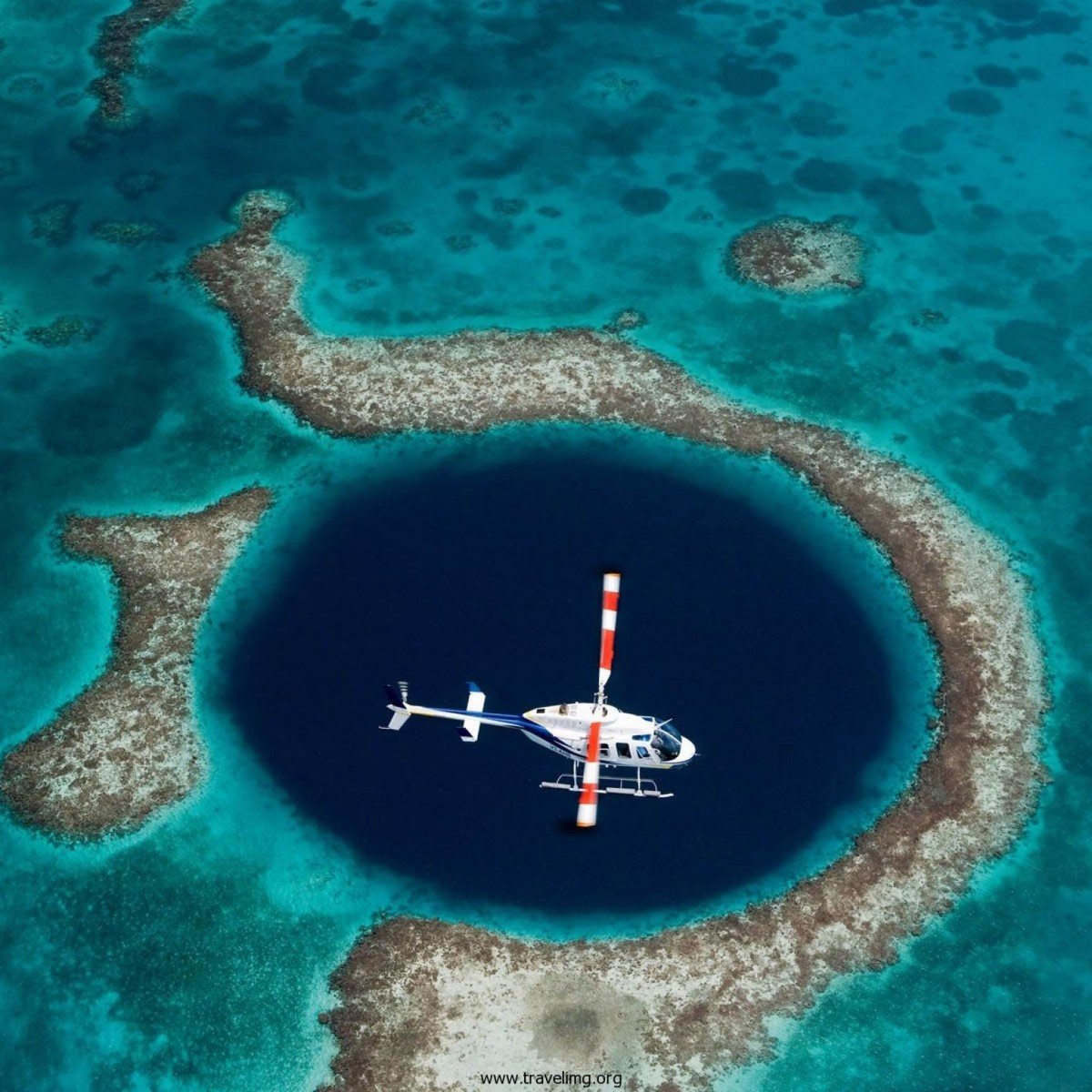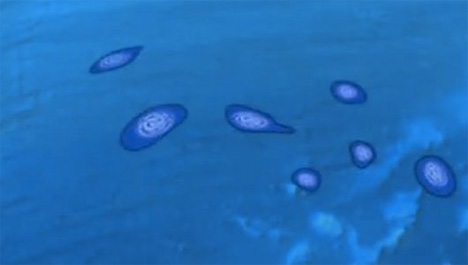

Navy for more than 30 years and continues to work with the Office of Naval Research. Commission on Ocean Policy, and a Research Scholar at the Woods Hole Oceanographic Institution. He is an Explorer-At-Large at the National Geographic Society, Commissioner for the U.S. Ballard is Founder and President of the Ocean Exploration Trust Director of the Center for Ocean Exploration and Professor of Oceanography at the University of Rhode Island Graduate School of Oceanography. He is a Boston Sea Rover and a member of The Explorers Club his home and laboratory are on the south coast of Massachusetts. His most recent book, The Shark Handbook, is a must buy for all shark enthusiasts. He has written dozens of scientific research papers and has appeared in a number of film and television documentaries, including programs for National Geographic, Discovery Channel, BBC, and numerous television networks.

Greg has been an avid SCUBA diver and underwater photographer since 1978. Much of his current research centers on the use of acoustic telemetry and satellite-based tagging technology to study the ecology and behavior of sharks. His shark research has spanned the globe from the frigid waters of the Arctic Circle to coral reefs in the tropical Central Pacific. For more than 30 years, Greg has been actively involved in the study of life history, ecology, and physiology of sharks. He holds a master’s degree from the University of Rhode Island and a Ph.D. He is also adjunct faculty at the University of Massachusetts School for Marine Science and Technology and an adjunct scientist at the Woods Hole Oceanographic Institution (WHOI). He has been a fisheries scientist with the Massachusetts Division of Marine Fisheries since 1987 and currently heads up the Massachusetts Shark Research Program. Gregory Skomal is an accomplished marine biologist, underwater explorer, photographer, and author. “What you see as black is actually very dark green, it’s a very dense forest made up of Pisonia trees,” one Redditor explained.Dr. The island only looks black from that high up but is a pretty normal island up close. Turns out, the black hole in the ocean is actually the island of Vostok, a few hundred miles south of Hawai’i. Some people also suggested a natural explanation for the picture, including volcanic rock. “It wouldn’t make sense for a natural formation to be black like that in such a shallow, small atoll/island.” Google Maps is known for blurring out sensitive areas such as military bases and an island airbase in the Pacific Ocean wouldn’t be too surprising. “My first thought was that it’s censored,” another user replied.

“Looks censored for some reason,” one user said with other users concurring. Duh,” one user replied, referring to the Hollow Earth theory that says the Earth is, well, hollow. (they’re teenagers, cut them some slack).ĭifferent people had different opinions about the true nature of the picture, which ranged from answers posted just for laughs to actual logical explanations. “What the f- is that? This looks nothing like an island,” is how she posed her question for the community. The reddit user kokoblocks posted a photo of the mysterious hole in the Google Maps subreddit (Yes, there’s a whole subreddit dedicated to the mysterious Google Maps findings because why not?) to get an explanation for the weird anomaly from the users. This is exactly what happened with a Redditor who came across a mysterious black hole in the middle of the Pacific Ocean on Google Maps. Discovering new places on Google Maps has become a hobby of sorts for a lot of people, with many people trying their luck to find something unexplainable or mysterious on this scavenger hunt.


 0 kommentar(er)
0 kommentar(er)
